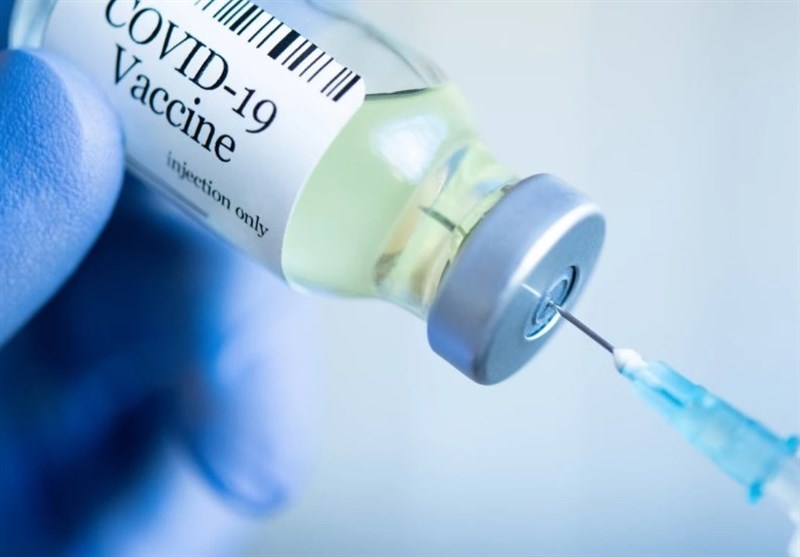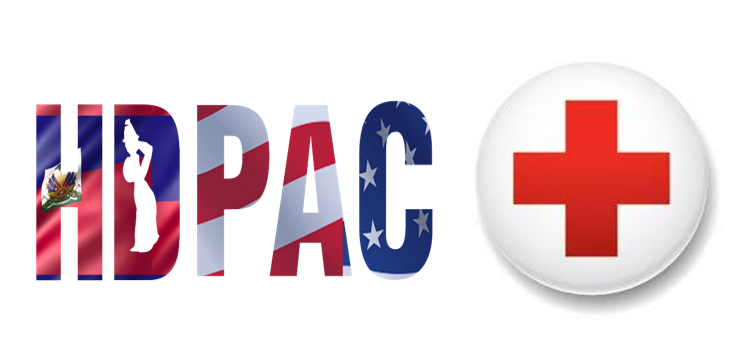It has been less than a year since the effort began in earnest to find a vaccine that could slow and eventually stop the spread of Covid-19. More than a quarter million Americans have died from the virus, but in less than four weeks a vaccine could be administered to the most vulnerable among us.
On November 20, Pfizer and its German collaborator BioNTech applied for emergency use authorization for their COVID-19 vaccine from the Food and Drug Administration. Moderna is expected to send in its application for its vaccine soon.
On December 4, an emergency use authorization is a fast track vaccine authorization that can be processed much more quickly than the usual Biologics License Application, which results in FDA licensing a drug or vaccine.
The FDA is expected to take one to three weeks to go through the application and make a decision on issuing the emergency authorization. “It’s typically months, occasionally weeks,” said Dr. Greg Poland, director of the Mayo Clinic’s Vaccine Research Group.
Before FDA issues a license or an emergency use authorization, its policy is to have an external, independent committee known as the Vaccines and Related Biological Products Advisory Committee review the application. VRBPAC holds public meetings during which it discusses and then votes on whether to recommend the FDA approve or authorize the vaccine.
Its recommendation is non-binding but is usually followed by the FDA.
A VRBPAC meeting to evaluate Pfizer’s candidate vaccine has been scheduled for Dec. 10. If VRBPAC votes on Dec. 10, its decision would immediately go to the FDA. At that point, FDA staff would make a final determination.
While this will likely take a few days, theoretically, Monday Dec. 14 would be the earliest date FDA could authorize the vaccine.
General Gustave Perna, Chief Operating Officer of Operation Warp Speed, has said on multiple occasions that vaccine distribution will begin within 24 hours after an authorization is issued by FDA. Vaccine will be shipped to all 50 states that day, allocated by population.
Once a vaccine is authorized, Operation Warp speed could begin shipping vaccine to distribution centers. However it can’t be given to health care providers until one more committee makes a decision.
The final vote will come from the Centers for Disease Control and Prevention’s Advisory Committee on Immunization Practices. The ACIP makes the official decision on who should get the vaccine and in what order.
In October, the National Academies of Sciences, Engineering, and Medicine outlined a plan for fair distribution that’s being used as a framework by the CDC committee, but ACIP has final say.
ACIP isn’t allowed to make a recommendation before a vaccine has been authorized or approved. Typically, this would happen within weeks of FDA’s action. But in this case, several members have suggested such a meeting could take place the day after the vaccine is authorized.
The earliest such a meeting could happen would be Dec. 12. Once it votes, the ACIP submits a decision memo to the CDC director for approval. Once approved, immunizations can begin.
That means Monday Dec. 14, likely would be the first possible date COVID-19 vaccine could be administered across the United States. The initial doses will go to front-line health care workers such as doctors, nurses and EMTs.
By the end of December, Perna said Operation Warp Speed expects to have about 40 million doses of the two vaccines available for distribution. The Pfizer and Moderna vaccines both require two doses given between 21 and 28 days apart. So, 40 million doses would be enough to vaccinate about 20 million people.
“This may be the most ambitious vaccination program the United States has ever implemented,” said John Grabenstein, general manager of Vaccine Dynamics and editor for the Immunization Action Coalition, a vaccine information non-profit.
“The influenza vaccination program of 1976 reached about 70 million people. Poliovirus vaccine was rapidly distributed in 1955. The United States has more people now than in those eras, but the scale of this coronavirus vaccine program is impressive,” he said.
More vaccine will be rolled out in 2021 and distributed in stages, prioritizing people at risk of infection or severe disease. The general healthy U.S. population is expected to have access beginning in April, according to Dr. Anthony Fauci, the nation’s leading infectious disease expert.
Return the home page TRUENEWSBLOG to read more.






